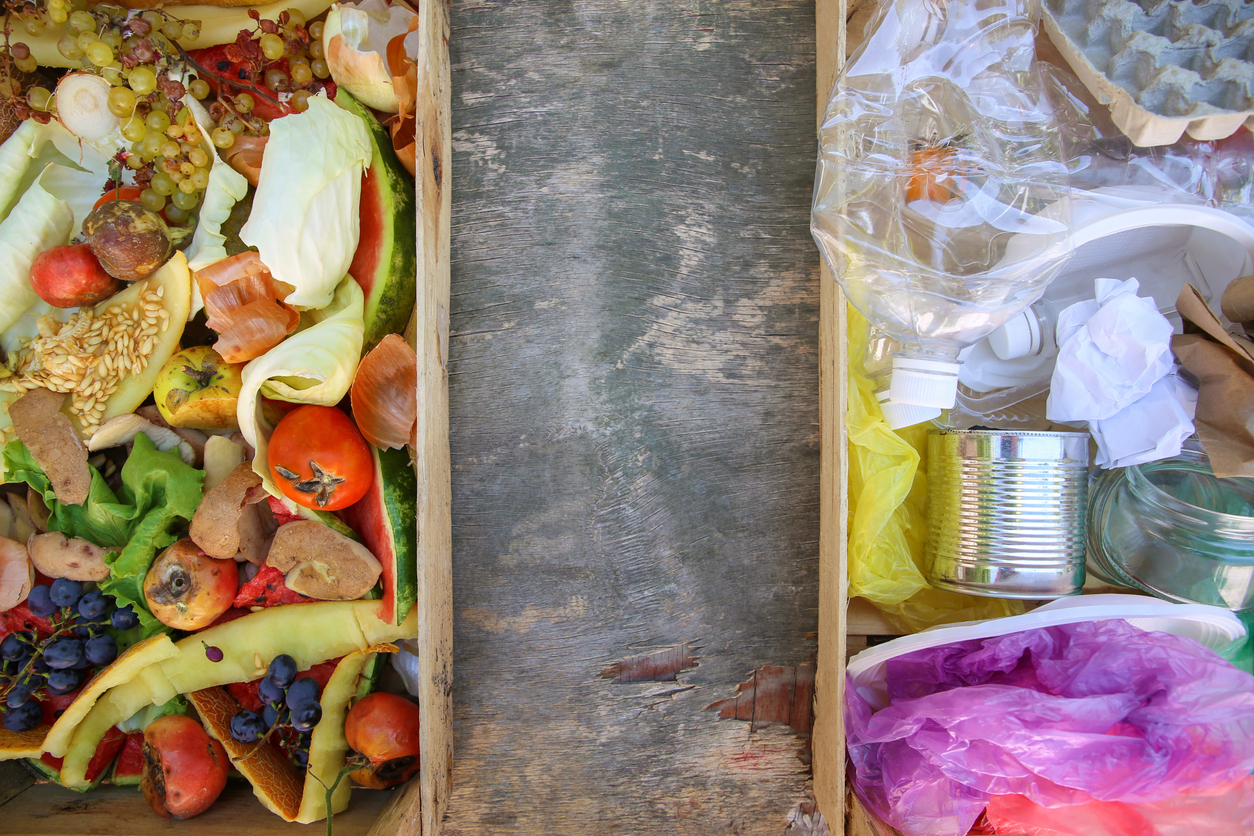In this analysis, we delve into the multifaceted issue of food waste worldwide. Our focus pits food waste against three dimensions: food insecurity, economic wealth, and population density. In the interest of time, the scope of this analysis will be limited to the year 2020, providing us a snapshot of the complex interplay between these concepts that is likely close to what it would look like on December 1, 2023.
-
Food waste by country (.CSV from Kaggle): https://www.kaggle.com/datasets/joebeachcapital/food-waste/data
-
GDP per capita (wealth) by country (.CSV from Data.WorldBank.Org): https://data.worldbank.org/indicator/NY.GDP.PCAP.CD
-
Population density by country (.CSV from Data.WorldBank.Org): https://data.worldbank.org/indicator/EN.POP.DNST
-
Prevalence of moderate-to-severe food insecurity in the population by country (.CSV from Data.WorldBank.Org): https://data.worldbank.org/indicator/SN.ITK.MSFI.ZS?view=chart
Check to see if your machine has met the following requirements:
- Installed Python. This project was developed using Python 3.11.6. If you don't have Python installed or if you need to upgrade your current version, you can download it from the official Python website.
- Installed Git, which is necessary to clone the repository. If you don't have Git installed, you can download it from the official Git website.
Follow these steps to run the project on your local machine:
-
cloning the repository
Navigate to the directory where you want the cloned repository to be placed by using the
cdcommand in your terminal followed by the path of the directory.Then you can clone this repository by running the following command in your terminal:
git clone https://github.com/wturner94/food-waste-analysis.git -
navigating to the cloned directory
Change your current directory to the cloned repository's directory food-waste-analysis.
-
establishing a virtual environment
It's recommended to create a virtual environment to keep the project's dependencies isolated from your system's Python environment. You can create a virtual environment using the following command:
On Windows:
python -m venv venvOn macOS and Linux:
python3 -m venv venvThis will create a new virtual environment named
venvin your current directory. -
activating the virtual environment
Activate the virtual environment using the following command:
On Windows:
.\venv\Scripts\activateOn macOS and Linux:
source venv/bin/activateYour prompt should change to indicate that you are now operating within a Python virtual environment.
-
installing the required packages
Install the required packages by running the following command:
pip install -r requirements.txtYou're now ready to run the project!
-
running the
food-waste-analysis.ipynbfile:- If you have Jupyter Notebook installed, enter
jupyter notebookand open the.ipynbfile. - If you are using Visual Studio Code, open the
.ipynbfile and select "Install" when asked "Do you want to install the recommended 'Python' extension from Microsoft for the Python Language?" - Attempt to "Run" the first code block by selecting the Run/Play button at the top left of the code block. This will prompt you to "Install/Enable the suggested extensions "Python" + "Jupyter"
- Continue to run the cells using the Run/Play button that appears at the top left of each cell.
- If you have Jupyter Notebook installed, enter
To deactivate the virtual environment when you're done, simply type deactivate in your terminal.
